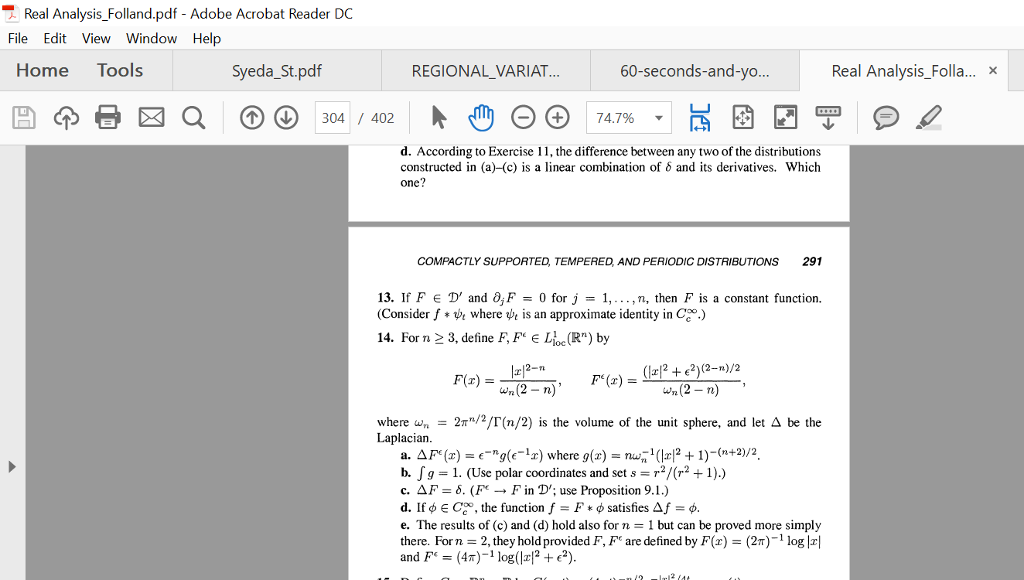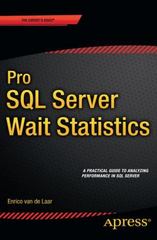Answered step by step
Verified Expert Solution
Question
1 Approved Answer
Can anyone please solve the question 14? It is a measure theory problem. Real Analysis_Folland.pdf - Adobe Acrobat Reader DC File Edit View Window Help
Can anyone please solve the question 14? It is a measure theory problem.
Step by Step Solution
There are 3 Steps involved in it
Step: 1

Get Instant Access to Expert-Tailored Solutions
See step-by-step solutions with expert insights and AI powered tools for academic success
Step: 2

Step: 3

Ace Your Homework with AI
Get the answers you need in no time with our AI-driven, step-by-step assistance
Get Started


